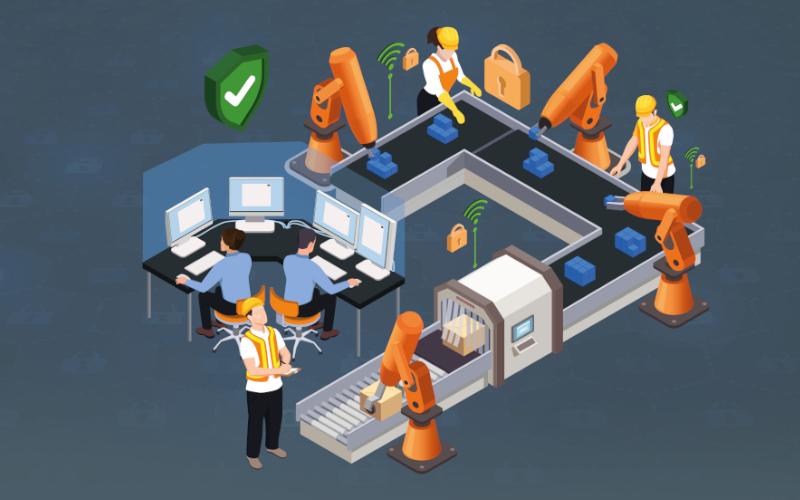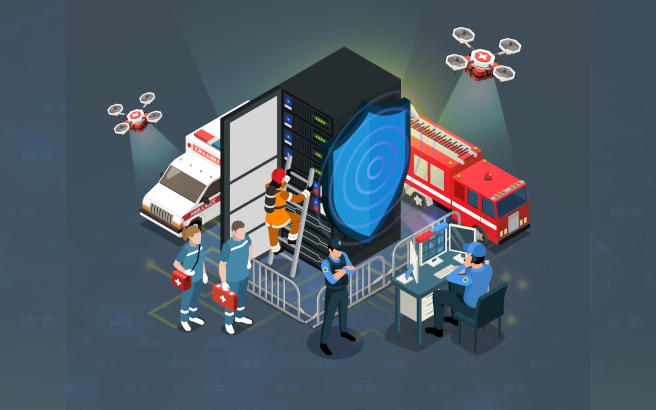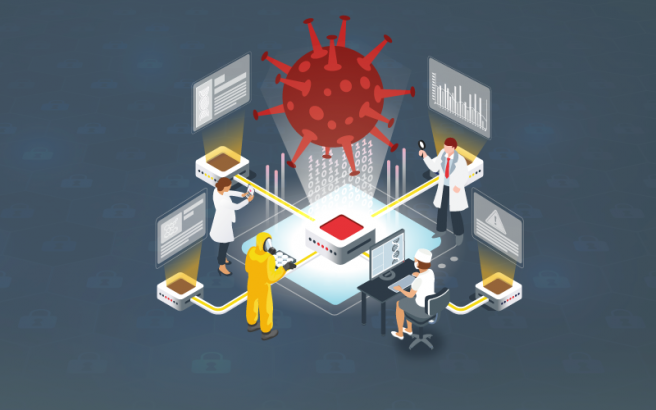Industrial control systems endpoints defence guide
Posted on 22/05/2023, by
INCIBE (INCIBE)

When talking about an endpoint device, we are talking about an end asset present at the network level. Among these devices we can find engineering stations (workstations), HMI, SCADA or PLC, among others. The evolution of industrial environments towards models in which these equipment are connected, both with corporate networks and remotely with suppliers, for maintenance purposes, exposes them to new threats. That is why industrial endpoints must be properly and individually protected and at multiple levels so that they cannot be compromised. These end systems are key security hotspots because their vulnerabilities could affect other assets within the network.
Etiquetas














